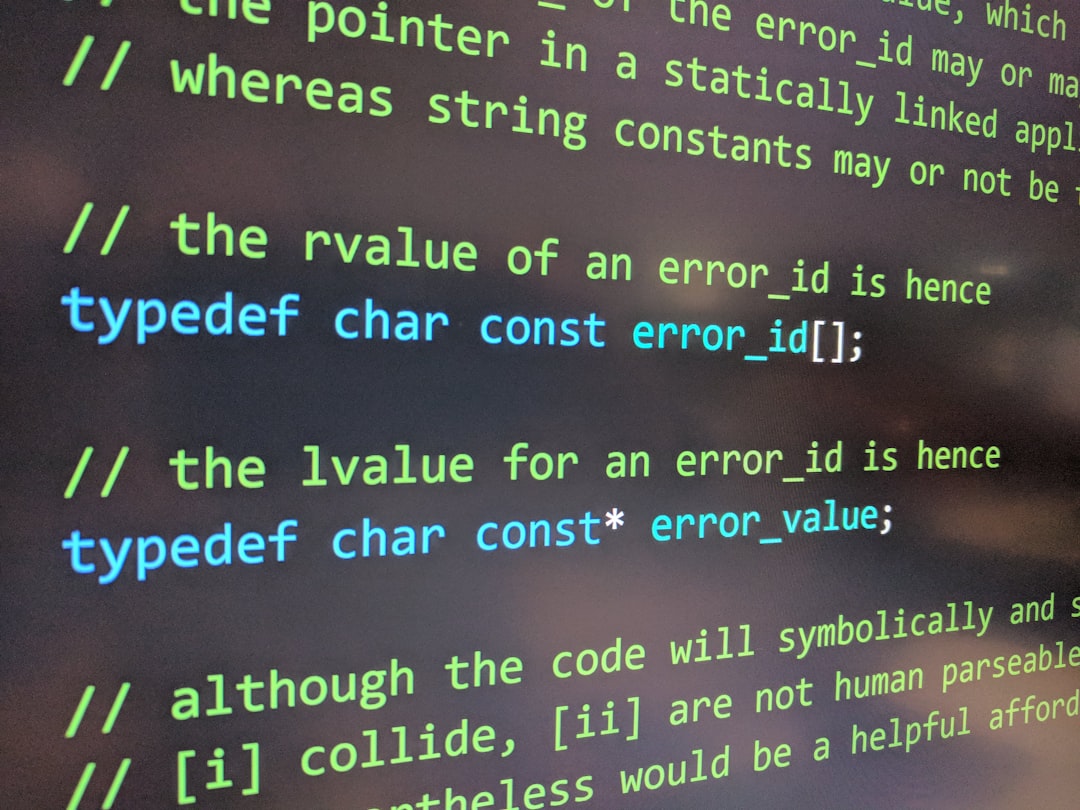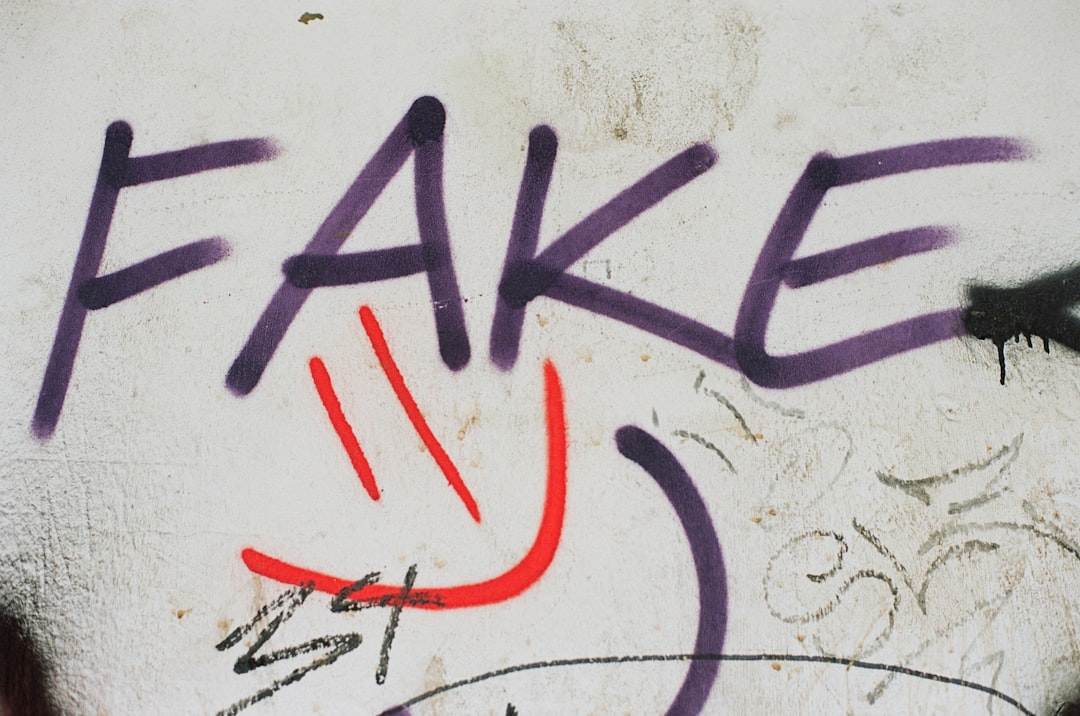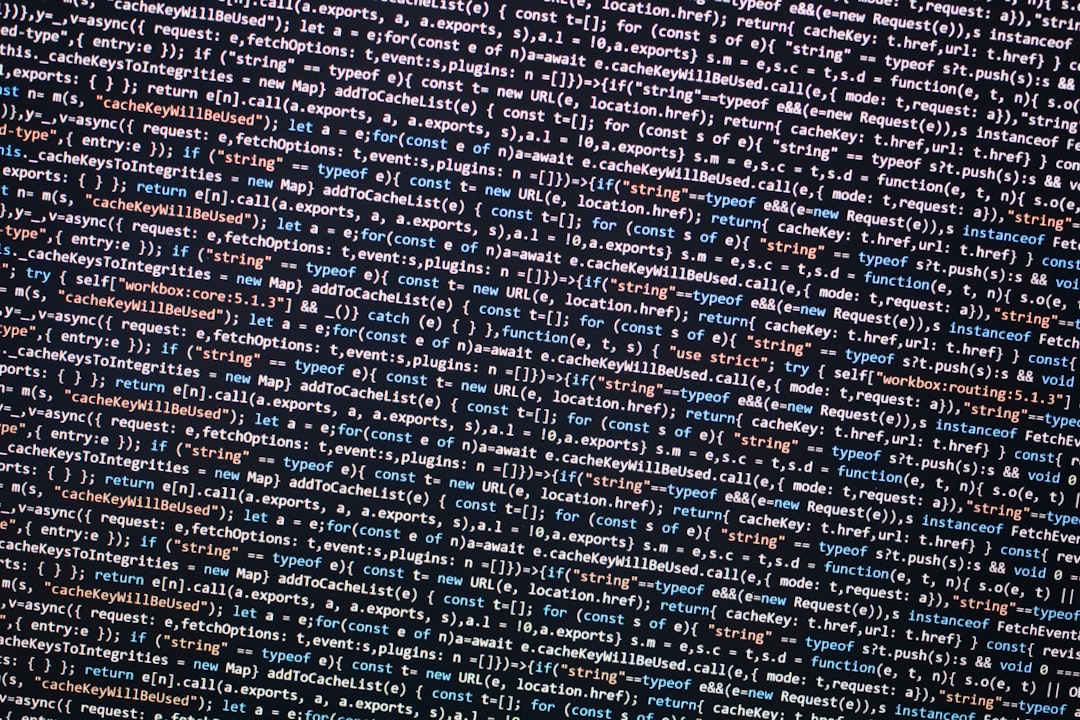ChatGPT is a powerful tool designed to assist with a wide range of tasks, from answering questions to generating creative content. However, despite its capabilities, it is important to understand that ChatGPT can sometimes make mistakes. Recognizing why these errors occur — and how to verify the information it provides — is essential for responsible and accurate usage.
Why ChatGPT Can Make Mistakes
ChatGPT is based on artificial intelligence models that are trained on vast amounts of text data collected from across the internet. While this large dataset allows the model to develop impressive language skills, it also introduces several potential challenges.
- Training Data Limitations: The model’s knowledge is limited to the data available during its training period. This means it may not be aware of recent developments or emerging topics.
- Inconsistent Sources: Since the model learns from many sources of varying credibility, it can sometimes draw from information that is outdated, inaccurate, or biased.
- No Real Understanding: Although it mimics understanding, ChatGPT does not possess awareness or critical reasoning. It generates responses based on patterns, not comprehension.
- Imperfect Instruction Following: In some cases, ChatGPT might misinterpret user prompts, leading to off-topic or incorrect answers.
These factors contribute to the potential for factual errors, misquotes, or even fabricated information — a phenomenon known as “AI hallucinations.” Understanding these limitations is the first step in using AI tools responsibly.

How to Verify Information Provided by ChatGPT
To ensure you are acting on accurate information, it’s important to take simple but effective steps to verify the content generated by ChatGPT or any other AI system.
1. Cross-Check with Reliable Sources
Whenever possible, compare ChatGPT’s response to trusted sources such as:
- Official government or institutional websites (e.g., WHO, NASA, or national health agencies)
- Peer-reviewed journals or academic publications
- Reputable news organizations with a track record of accuracy
Consistently referring to these sources can expose discrepancies and help confirm or debunk AI-generated claims.
2. Be Wary of Specifics Without Citations
AI-generated text can include statistics, historical events, or quotes that sound plausible but are incorrect or entirely made up. If ChatGPT offers detailed facts but no citations or references, take it as a cue to verify manually.
3. Check the Date
ChatGPT’s training data is not real-time. For example, GPT-4’s knowledge cutoff is in 2023. If you’re asking about current events or developments, always double-check against up-to-date sources.

4. Ask Follow-Up Questions
In some cases, deeper questioning can help clarify a vague or uncertain response. If an answer seems questionable, consider rephrasing your query or asking targeted follow-ups to help narrow the context and verify reliability.
5. Remember That Style Isn’t Substance
AI-generated content often sounds confident and well-structured. However, don’t mistake polished language for factual accuracy. Many users make the mistake of assuming an articulate answer means it’s a correct one.
Best Practices for Using ChatGPT Responsibly
Using ChatGPT effectively involves more than just asking questions. Here are some best practices for responsible use:
- Use it as a starting point, not a final authority. Think of AI as your assistant, not your expert.
- Always validate critical information, especially when the stakes are high (e.g., health advice, legal matters, or financial decisions).
- Combine AI insights with human judgment. Trust your instinct and apply logic alongside the results you receive.
Conclusion
While ChatGPT and similar tools offer remarkable convenience, they are not infallible. Users must understand the mechanisms behind AI-generated content and acknowledge that these systems, though intelligent in appearance, can and do make mistakes. Fortunately, with critical thinking and a commitment to verifying information through credible sources, users can make the most of AI while minimizing risks and inaccuracies.
Technology continues to evolve, and so too must our understanding of how to engage with it responsibly. Treat AI-generated content like you would any unsourced statement: with curiosity, skepticism, and a commitment to finding the truth.



